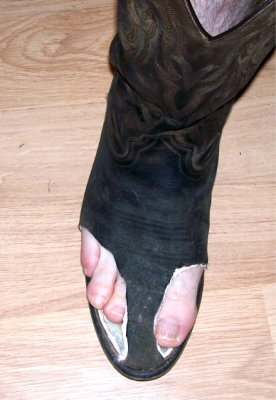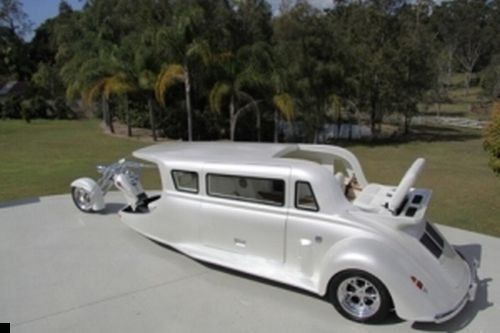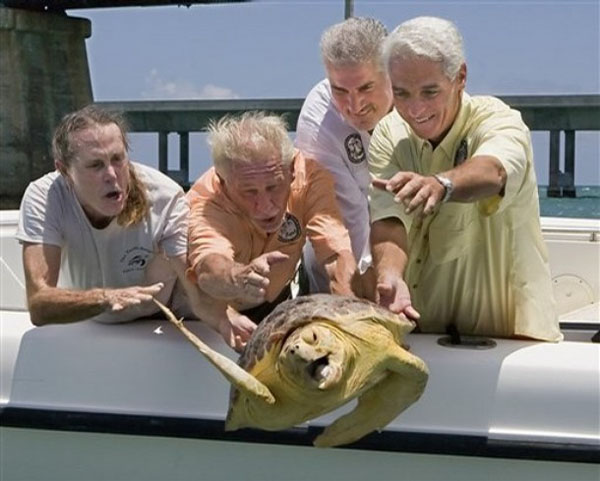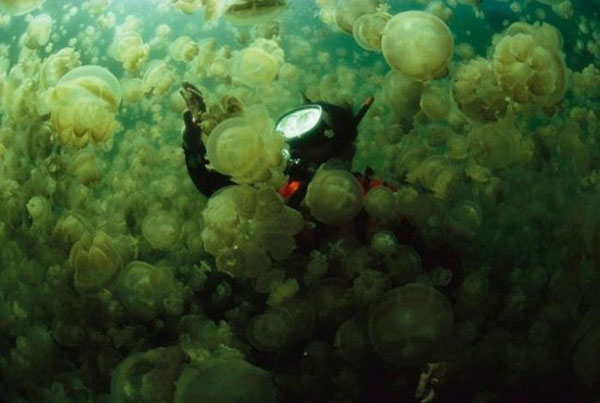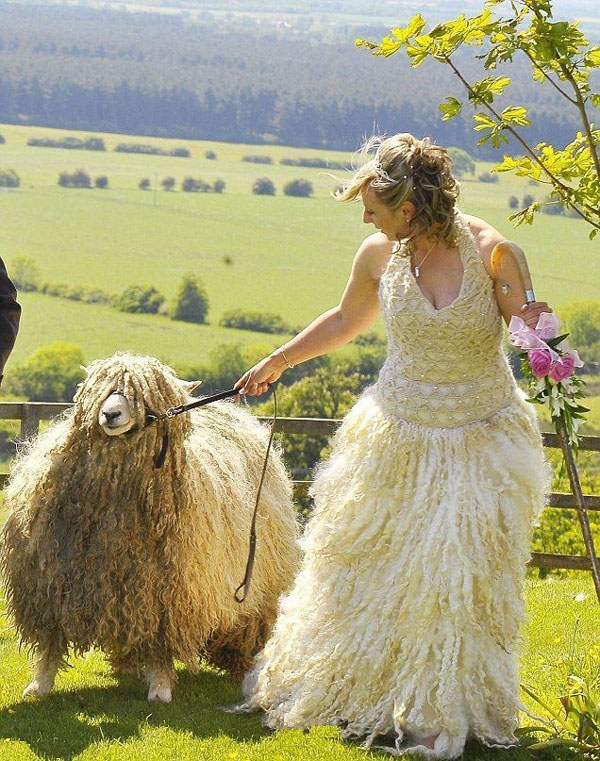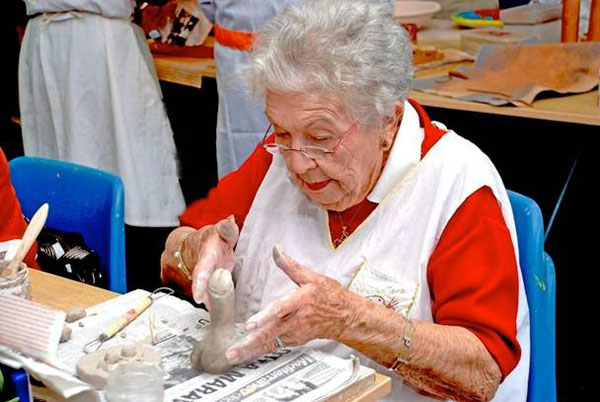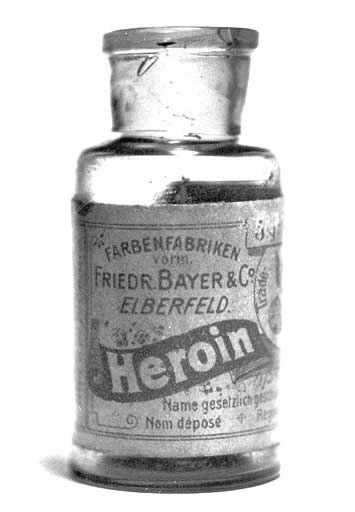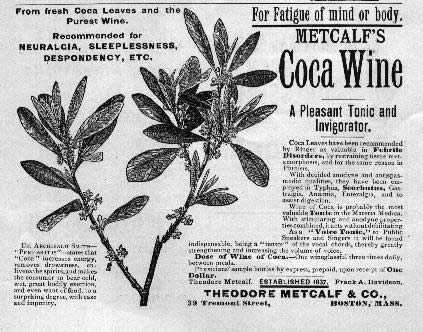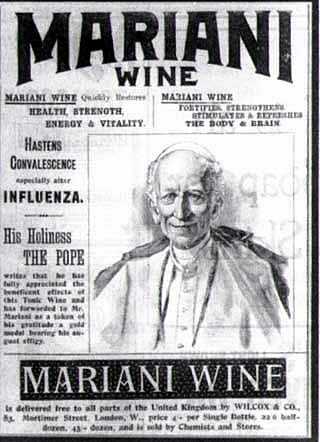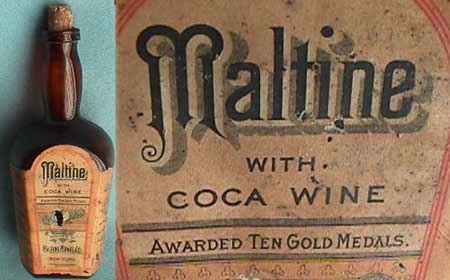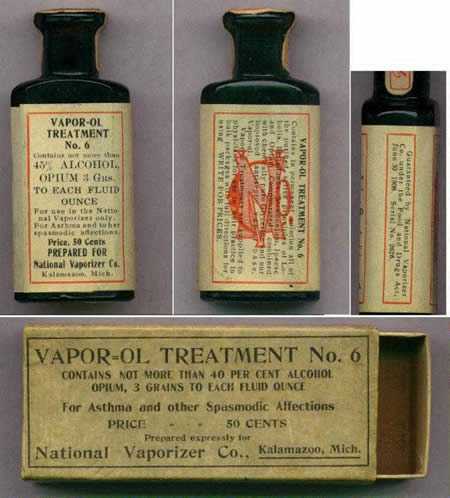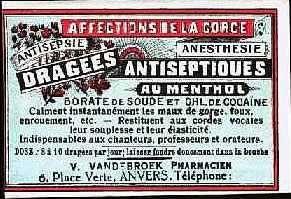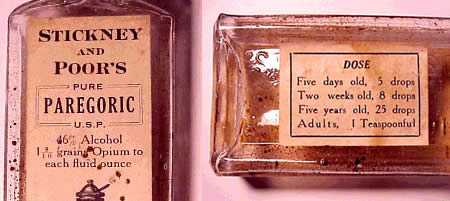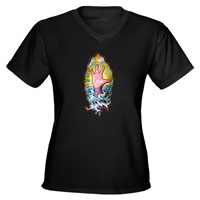A bottle of Bayer's 'Heroin'.
Between 1890 and 1910 heroin was sold as a non-addictive substitute for morphine.
It was also used to treat children suffering with a strong cough.
Coca Wine, anyone?
Metcalf's Coca Wine was one of a huge variety of wines with cocaine on the market.
Everybody used to say that it would make you happy and it would also work as a medicinal treatment.
Mariani Wine.
Mariani wine (1875) was the most famous Coca wine of it's time.
Pope Leo XIII used to carry one bottle with him all the time.
He awarded Angelo Mariani (the producer) with a Vatican gold medal.
Maltine.
Produced by the Maltine Manufacturing Company of NewYork.
It was suggested that you should take a full glass with or after every meal.
Children should only take half a glass.
A paper weight:
A paper weight promoting C.F. Boehringer & Soehne (Mannheim, Germany).
They were proud of being the biggest producers in the world of products containing Quinine and Cocaine.
Opium for Asthma:
At 40% alcohol plus 3 grams of opium per tablet, it didn't cure you, but you didn't care...
Cocaine Tablets (1900).
All stage actors, singers, teachers and preachers had to have them for a maximum performance. Great to 'smooth' the voice.
Cocaine drops for toothache.
Very popular for children in 1885.
Not only did they relieve the pain, they made the children very happy!
Opium for new-borns.
I'm sure this would make them sleep well (not only the Opium, but also 46% alcohol)!
It's no wonder they were called, 'The Good Old Days'!!
From cradle to grave...Everyone Was Stoned!!!













